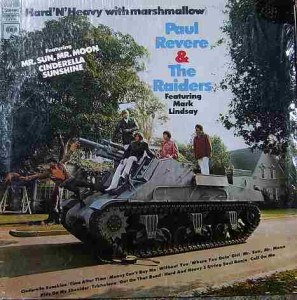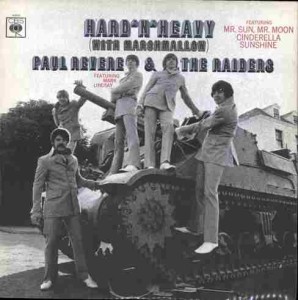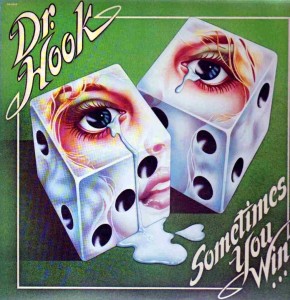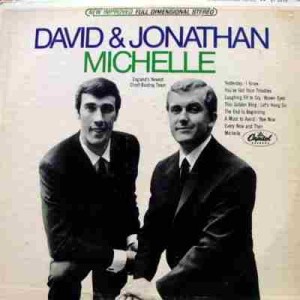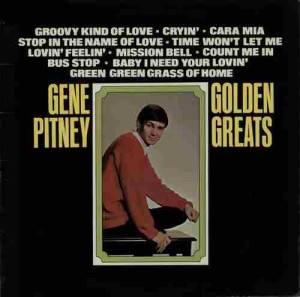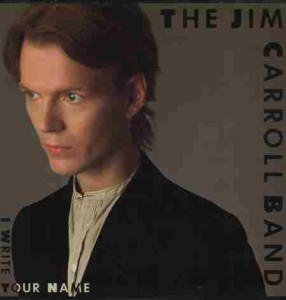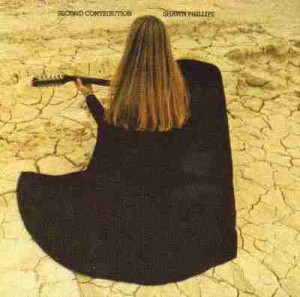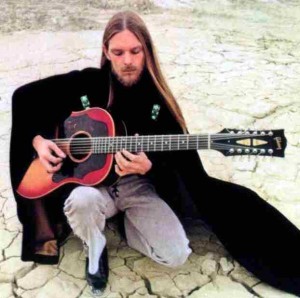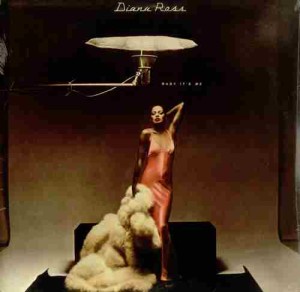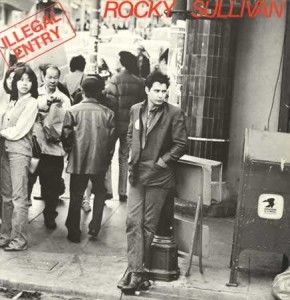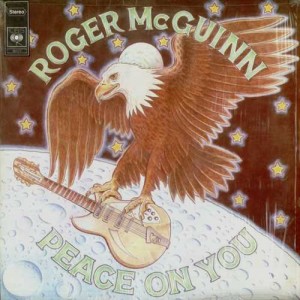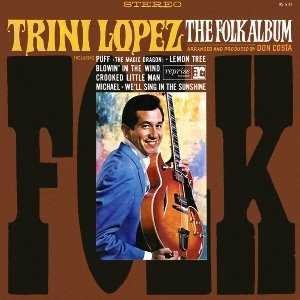
For a long time I didn’t pay any attention to Trini Lopez.
By that I do not mean I didn’t like him. I just, sort of, ignored him.
I assumed, wrongly, that he was an MOR lightweight signed to Frank Sinatra’s Reprise label.
Well, on what I had heard he was MOR, with lightweight (albeit catchy) songs and he was signed to Reprise.
But, was there more?
I have always been a sucker for Latin sounds in American popular music and I was partial to the sounds of Frank Sinatra, Dean Martin and others on Reprise so I thought I would give this American Latino another go.
This was an easy thing to do as there are many (many) Lopez records languishing in op shops.
All you have to do is look for them.
And I have, clearly, given the fair collection I have sitting in a pile behind me.
My voyage of discovery into Trini Lopez is still ongoing as I have only dipped my toe in the waters having listened to four or so non Greatest Hits albums but I can say, at this stage, there is more to Trini Lopez then what you would assume.
It is “good time” music without any complexity but the early to mid-sixties, the time of his greatest popularity, in California, where he lived, was about simple good times.
What is surprising is the lack of any critical discussion on Trini Lopez.
The guy put out about 17 albums between 1964 – 1969, hosted his own TV special, appeared live on numerous television shows (most notably “The Dean Martin Show”), acted in the odd film (“The Dirty Dozen”), had a guitar named after him, and had one Top 10 in the Hot 100 in 1963, another 3 Top 40 Hot 100 charting songs and 7 albums in the Top 40 charts.
Quite noticeably he also had 5 Top 10s in the Adult Contemporary charts.
Those chart results perhaps explains the lack of critical interest in him. In a time of youth, he was young enough, but he was considered an “adult” entertainer. That gave him access to mainstream media but when those days passed and the younger generation became adults he was promptly forgotten.
A pity …. if Madonna, George Michael, Lionel Richie and others can still be discussed why can’t Trini?
And, his success was trailblazing for Mexican Americans. His success carries a social significance that other pop stars don’t have.
Wikipedia: “Trini Lopez (born Trinidad López III, 15 May 1937) is an American singer, guitarist and actor. He was born in Dallas, Texas, on Ashland Street in the Little Mexico neighborhood….Lopez formed his first band in Wichita Falls, Texas, at the age of 15. In 1958, at the recommendation of Buddy Holly, Trini and his group "The Big Beats" went to producer Norman Petty in Clovis, New Mexico. Petty secured them to a contract with Columbia Records, which released the single "Clark's Expedition"/"Big Boy", both instrumental. Lopez left the group and made his first solo recording, his own composition "The Right To Rock", for the Dallas-based Volk Records, and then signed with King Records in 1959, recording more than a dozen singles for that label, none of which charted. In late 1962, after the King contract expired, Lopez followed up on an offer by producer Snuff Garrett to join the post-Holly Crickets as vocalist. After a couple of weeks of auditions in Los Angeles that idea did not go through. He landed a steady engagement at the nightclub PJ's, where his audience grew quickly. He was heard there by Frank Sinatra, who had started his own label, Reprise Records, and who subsequently signed Lopez”.
Trini’s youth was hard so, I expect, music was a job and an escape. When someone suggested he soften his sound and success followed he was not going to kick back or challenge himself overly. This is a job and it brings in the money. You can empathise and sing about others with the same background but, musically, you have to ride this wave as long as you can and not alienate your audience.
“Perhaps Trini’s lifelong empathy for the little guy comes from his own struggles of the past. A poor boy from the barrio of Dallas, Texas, he remembers barely enough food for the family, the amount always determined by his hardworking parents’ ability to get whatever work they could. “They worked and struggled together just to survive,” he recalls. “They ploughed fields together. My mother washed clothes in the neighbourhood for extra income. You cannot imagine how hard it was.” http://www.canadafreepress.com/golden-oldies/trini-lopez.htm
This work ethic to music is, perhaps, invaluable. No doubt, Trini is still plugging away out there somewhere.
From what I have heard, including this album, I can say Trini’s sound was fairly consistent from the earliest of his mainstream recordings. Like the other rock ‘n’ roller / rockabilly artist , Johnny Rivers (another was Lee Dressler), Trini developed a sort of fast “go go” sound.
Well I call it “go go music” after the “Whiskey a Go Go” niteclub where it Rivers played but it could also be “jet set discothèque rock n roll”. It was rock n roll for upwardly mobile, urban, young adults. Go Go dancers, cocktails, cigarette smoke, cravats and fast beats. (my stereotypes)
This is “good time’ music.
This is dance music.
This is good time music with a go go dance beat and no hard edges, which is persuasive and fun, fun, fun.
And this is what I like about it. The music evokes a fun and physical 60s that only existed in certain specific parts of the world but was disseminated through many Hollywood movies.
Where is my gin and tonic?
The sound was popular and Johnny Rivers made a career (a substantial one) playing this for young adults whilst the older “hip” adults tuned in to Trini.
His “hip” adults though were older pop and film stars like Frank Sinatra and Dean Martin, movie producers and the California wealthy.
How Trini stumbled upon the sound I don’t know though it seems that Johnny followed him.
Johnny says, "Trini Lopez had been playing over at PJ's, doin' this slap rhythm thing. I said, 'I can do that kind of stuff.' I didn't have a band so I called Eddie Rubin, a jazz drummer. He wasn't gigging at the time, so he and Eddie went into Gazzari's together, just guitar and drums, and played what we thought was going to be a three- or four-day gig." To everyone's surprise, huge crowds gathered to hear Johnny and Rubin play rock and R&B hits. Gazzari's profits soared, and when Rivers was ready to leave, Gazzari offered him more money and let him hire a bassist. Joe Osborn, just starting to become an L.A. studio legend, joined Rivers and Rubin” http://www.johnnyrivers.com/jr/biography.html
Rivers, eventually, adapted his style to the changing times but Trini pretty much stuck to his signature sound as he covered the hits of the day.
Why tamper with a good thing?
His audience didn’t want a message anyway, they came to dance, drink and hang out.
Trini throws in surprises every now and then which clearly indicates he could do a lot more. Often, his guitar playing is better than the arrangements but generally (from what I have heard) he sticks to his sound.
And, that works, according to how much you like the originals.
On this album he tackles the folk hits of the day (he had tackled some folk songs on his first album “Trini Lopez at PJs” in 1963 and that went to #2) with varying success. The up-tempo folk hits consistently work but the slower ones given an up-tempo sound don’t always work.
Rivers did the folk a go go thing himself on “Johnny Rivers Rocks the Folk” (1965) but he stalled at #91.
Under Trini, these are no longer folk songs, but dance songs.
Good time dance songs.
If Richie Valens had lived he probably would have gone down this path though generally Mexicans have been forgotten despite significant rock n roll musical contributions.
And, Trini is one of the forgotten ones.
But for about 10 years Trini Lopez, the dark eyed Latino boy, would sing and beat his guitar with a determination to keep the wolf away from the door.
And he did it grinning all the way – and why he wouldn’t he…he went from the Texas barrios to the high lights of LA society.
Wouldn’t you grin?
Tracks (best in italics)
-
Lemon Tree – (Will Holt) – One of the most beautiful of all folk songs given the dance treatment. It's very bouncy but any joy comes from the bounce not the meaning in the song.
-
Pretty Eyes – (Randazzo / Weinstein) – hmmmmmm
-
Greenback Dollar– (Hoyt Axton / Kennard Ramsey) – This works because the original was so rollicking also.
-
Puff (The Magic Dragon) – (Yarrow / Lipton) – The Peter Paul and Mary song. There is no subtlety here. A pity.
-
I Love Your Beautiful Brown Eyes- (Lopez / Zeller) – Not too bad.
-
Blowin' in the Wind -(Bob Dylan) – this has a girly backing chorus and a up-tempo bop to it (it actually doesn’t sound too bad as a mid tempo song). I wonder what Dylan would have thought? At least it's not pretentiously solemn.
-
We'll Sing in the Sunshine – (Gale Garnett) – a excellent up-tempo song that is quite catchy with a lyric that would make Rod McKuen happy (well, Rod at his most optimistic)
-
Scarlet Ribbons (For Her Hair) – (Segal / Danzig) – one of the few slow songs and quite effective
-
Crooked Little Man – (Sennett / Madden) (Arr Ersel Hickey – Ed E, Miller) – a jaunty light weight type of folk song.
-
Don't Think Twice, It's All Right – (Bob Dylan) – Dylans' supreme I don’t give a fuck song lends itself to the bouncy jaunt. Done by everyone but notably Elvis Presley in 1971 (released 1973) in a version which is also quite up-tempo catchy. I believe Elvis knew Trini and he was living in LA at the time.
-
Michael (Row the Boat Ashore) – (Traditional / Dave Fisher) – The folk act the Highwaymen had a #1 hit with this in 1960 …. hmmmmmm.
-
This Train – (Noel Paul Stookey) – this Peter Paul and Mary song works well.
And …
Perfect for parties …. I'm keeping it.
Chart Action
US
Singles
1964 Michael Adult Contemporary #7
1964 Michael The Billboard Hot 100 #42
1965 Lemon Tree Adult Contemporary #2
1965 Lemon Tree The Billboard Hot 100 #20
Album
1965 #18
England
Singles
Album
—
Sounds
Lemon Tree
http://www.youtube.com/watch?v=I3FSRW2qFjM
Don't Think Twice, It's All Right
Mp3 attached
Trini Lopez – Don't Think Twice It's Alright
Others
http://www.youtube.com/watch?v=ya_vUAF94gM
http://www.youtube.com/watch?v=D2l95fuAVWs
http://www.youtube.com/watch?v=Gd8F01rZjNM
no cynicism in "America"
http://www.youtube.com/watch?v=z33hxOWjDLA
Jose Feliciano & Trini Lopez sing La Bamba live in San Antonio 1974
http://www.youtube.com/watch?v=iqdeEYigMKQ
Review
none
Bio
http://en.wikipedia.org/wiki/Trini_Lopez
http://www.pennydreadfulvintage.com/1960s-go-go-dancing-pictures-and-videos/
Website
http://www.trinilopez.com/
Trivia
-
Trini and his guitar. Wikipedia: “His popularity led the Gibson Guitar Corporation to ask him in 1964 to design a guitar for them. He ended up designing two: The Trini Lopez Standard, a rock and roll model based on the Gibson ES-335 semi-hollow body, and the Lopez Deluxe, a variation of a Gibson jazz guitar designed by Barney Kessel. Both of these guitars were in production from 1964 until 1971 and are now highly sought after amongst collectors. Some owners of the guitar include Dave Grohl of Foo Fighters and Noel Gallagher of Oasis”. http://www2.gibson.com/Products/Electric-Guitars/ES/Gibson-Memphis/Trini-Lopez.aspx
-
You wouldn’t guess through his music but Trini was a sign of his times campaigning for Robert Kennedy and Hubert Humphrey. “On May 21, 1968, the Kennedy campaign in California unveiled its “Hollywood for Kennedy” committee. According to Joseph Palermo’s book, In His Own Right, this committee was chaired by singer Andy Williams, and included, among others: Lauren Bacall, Otto Preminger, Mahalia Jackson, Sidney Portier, Janet Leigh, Shelley Winters, Marlene Dietrich, Rita Hayworth, Kim Novak, Trini Lopez, Milton Berle, Henry Mancini, Elizabeth Montgomery, and Marlo Thomas. According to Palermo: “Kennedy could count on well-known actors and entertainers who shared his views on the war and on race relations.“…Kennedy’s enlistment of the Hollywood elite built on his family ties to the entertainment industry dating back to the 1920s…” – Joseph Palermo . . . A unique tactical alliance developed between California’s exorbitantly wealthy celebrity class, and some of the poorest, most dispossessed people of the state. Kennedy’s enlistment of the Hollywood elite built on his family ties to the entertainment industry dating back to the 1920s, and helped craft the image that he might restore to the White House some of the glamour of Camelot.” Michael Harrington, author of The Other America, also campaigned for Kennedy in California, as did John Fell Stevenson, the son of Adlai Stevenson. The Kennedy campaign also organized two star-studded “Kennedy for President” galas, one at the Los Angeles Sports Arena on May 24, the other at the San Francisco Civic Auditorium on June 1st. These were nationally-televised events that gave Kennedy added exposure” http://www.pophistorydig.com/?tag=trini-lopez

